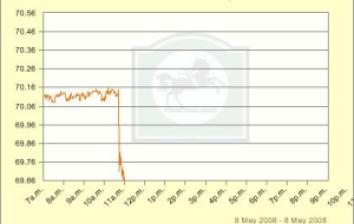An Economics party?
No I’m not talking about the epic adventure that is an economics drinking party – I am talking about the idea of an economics political party.
Scott Adams on the Dilbert Blog discusses his idea of an economics political party after becoming irritated at Hillary Clinton. It is well known that I am unsure who to vote for given the policies of parties in New Zealand. However, would an economics political party really solve this for me.
So ultimately I have to ask do you think that a political party of economists is a good idea? Furthermore, is the economics party that Scott Adams lays out the same as the economics party that you would lay out? I have some opinions – but I’ll save them in the off chance that someone comments on this post 😉

